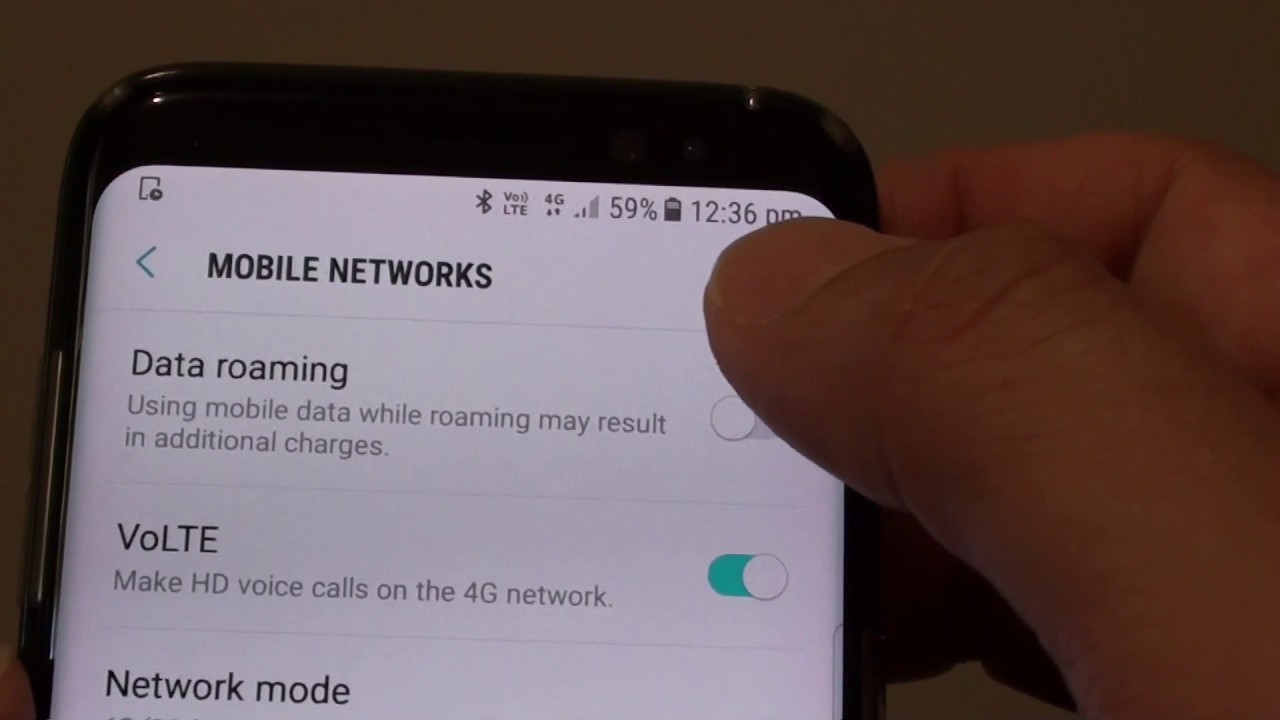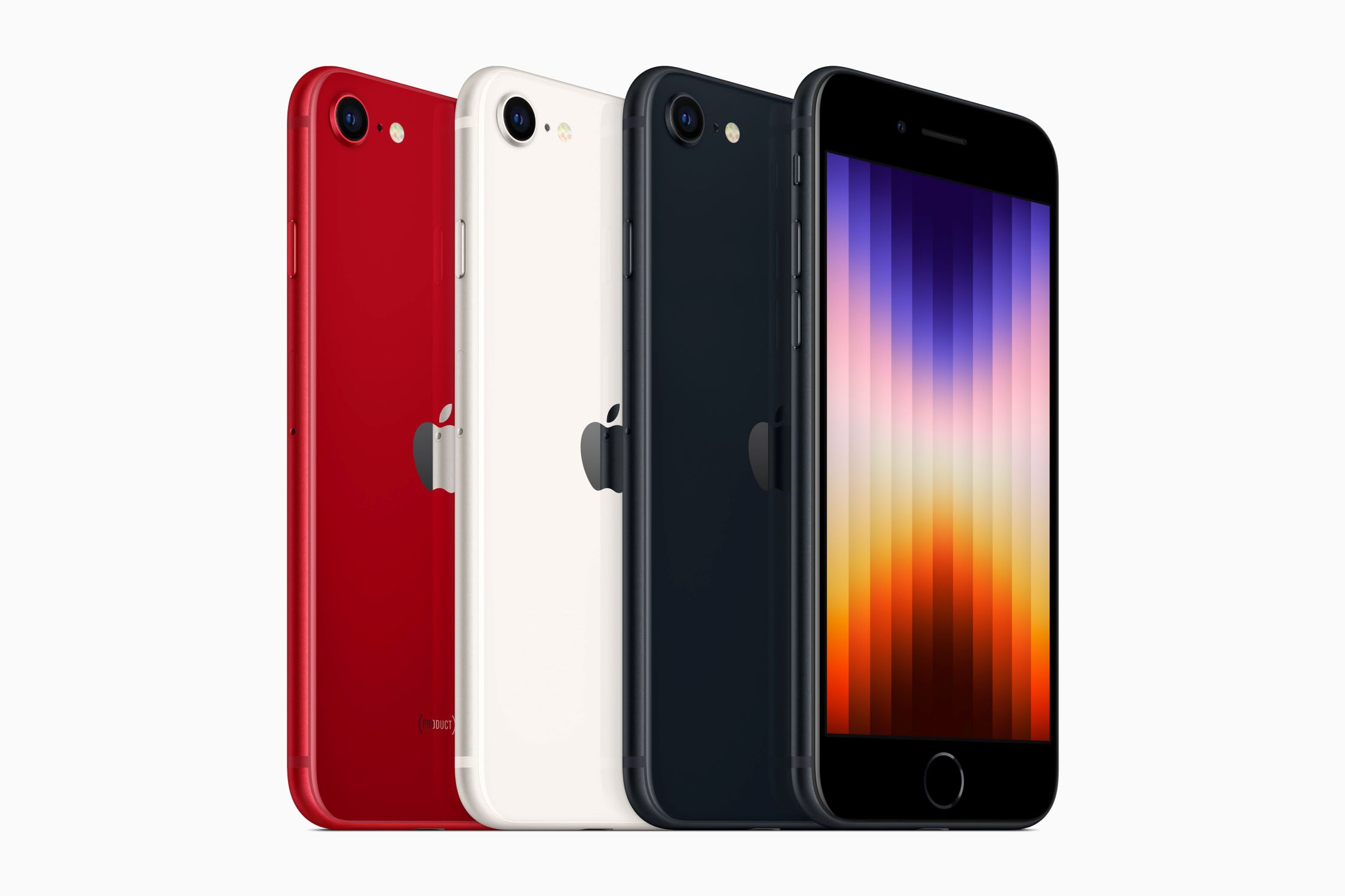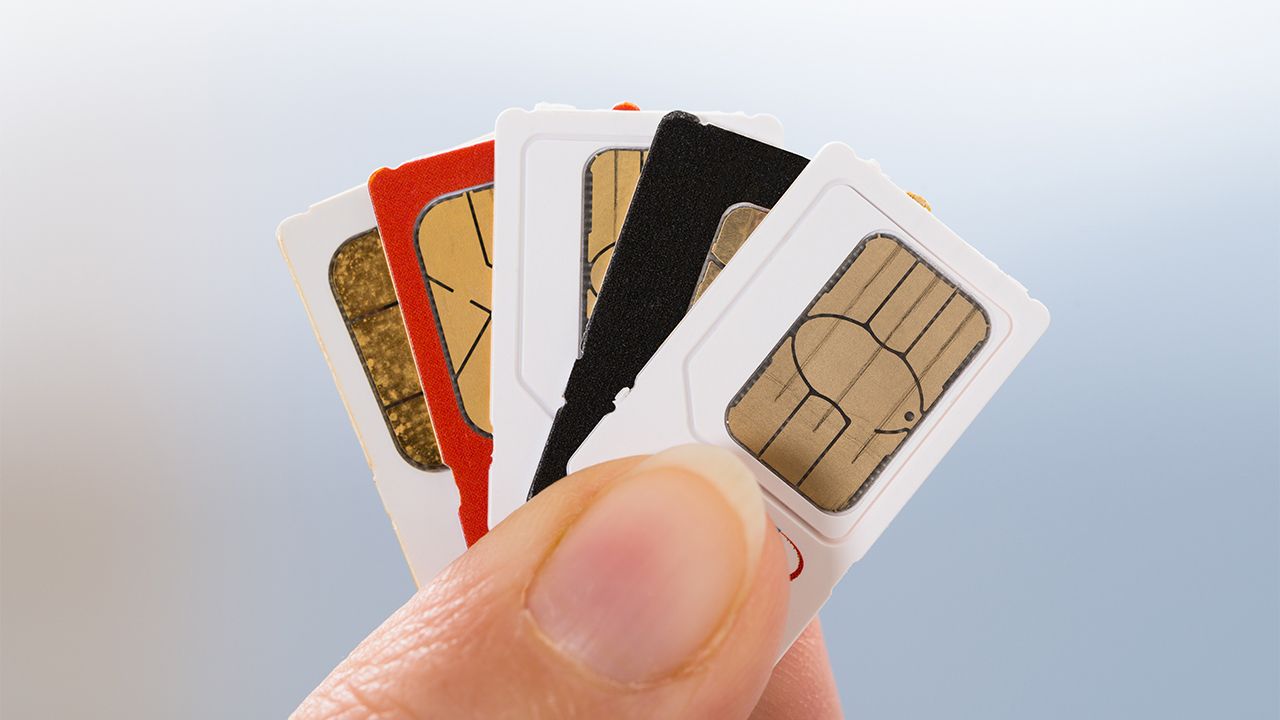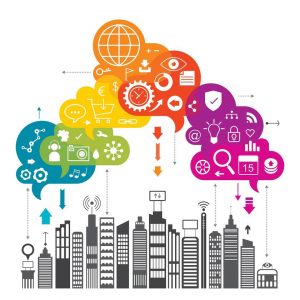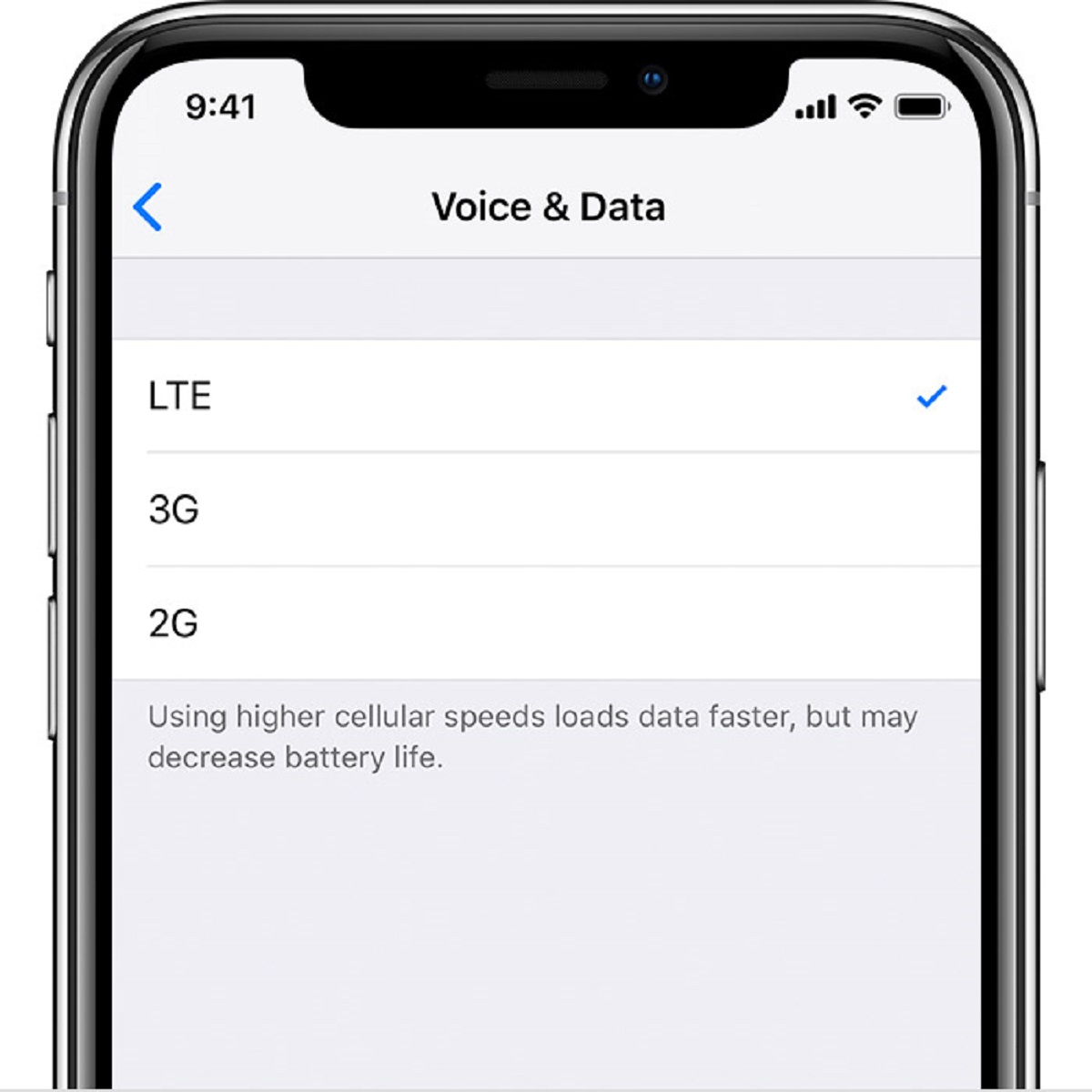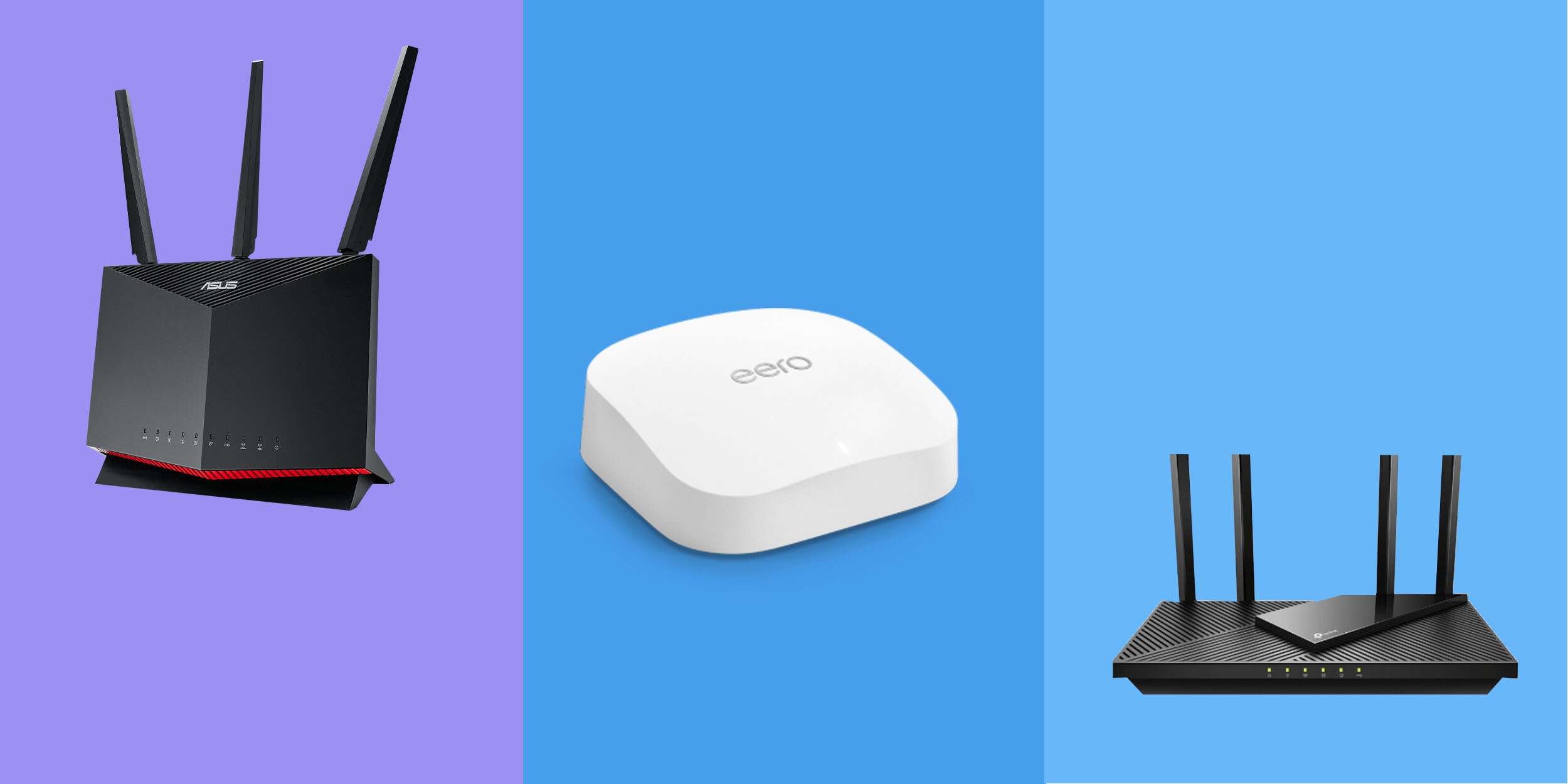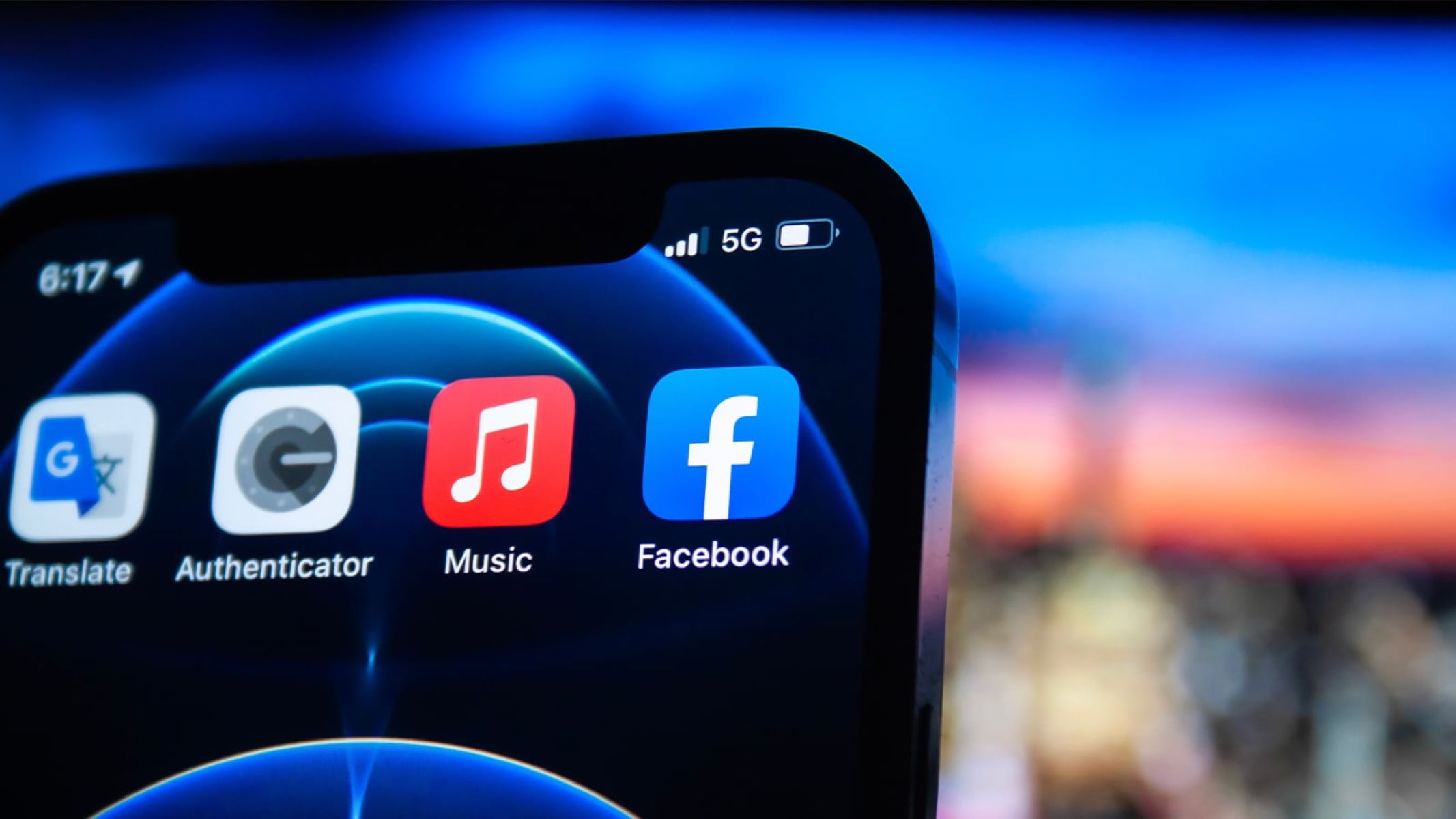Introduction
The Internet of Things (IoT) has revolutionized the way we interact with technology and the world around us. It encompasses a vast network of interconnected devices that communicate and share data seamlessly. One of the key technologies that power IoT devices is cellular technology. This article explores how cellular technology forms the foundation for various IoT applications.
Cellular technology, which is commonly used in mobile phones, allows devices to connect to the internet and exchange data over cellular networks. It provides a reliable and ubiquitous means of communication, making it an ideal choice for IoT deployments. By leveraging existing cellular infrastructure, IoT devices can be deployed and managed at a large scale, delivering real-time data and enabling remote control and monitoring.
This article examines the advantages and challenges of using cellular technology in IoT and highlights its significance in powering smart devices, cities, and industries. Furthermore, it delves into the specific applications where cellular technology plays a crucial role in enabling seamless and efficient connectivity for IoT ecosystems.
Through the analysis of cellular technology’s features and capabilities, this article aims to provide readers with a comprehensive understanding of why it is the preferred choice for many IoT applications. By exploring the potential of cellular technology in IoT, we can better appreciate the transformative power it holds and its potential to shape a more connected and efficient future.
IoT Technology based on Cellular Technology
Cellular technology forms the backbone of various IoT applications, enabling seamless connectivity and data exchange between devices. Numerous IoT technologies rely on cellular networks to transmit and receive data, providing a robust and reliable infrastructure for IoT deployments.
One of the IoT technologies that is based on cellular technology is Narrowband IoT (NB-IoT). NB-IoT is a low-power wide area network (LPWAN) technology that allows IoT devices to communicate over existing cellular networks. It provides long-range connectivity, even in challenging environments, making it ideal for applications such as smart city infrastructure, environmental monitoring, and asset tracking.
Another popular IoT technology based on cellular technology is LTE-M (Long-Term Evolution for Machines). LTE-M is a low-power wireless communication standard that enables IoT devices to connect to 4G LTE networks. It offers faster data transfer rates and lower latency compared to NB-IoT, making it suitable for applications that require more real-time data transmission, such as industrial automation, healthcare monitoring, and fleet management.
In addition to NB-IoT and LTE-M, other IoT technologies like 5G and Cat-M1 (Category M1) are also built upon cellular technology. 5G technology promises to deliver ultra-fast speeds, low latency, and massive device connectivity, making it well-suited for advanced IoT applications such as autonomous vehicles, smart grids, and virtual reality.
Overall, IoT technologies based on cellular technology offer a wide range of connectivity options, allowing devices to connect seamlessly and communicate efficiently. They leverage the existing infrastructure of cellular networks, providing widespread coverage and reliable connectivity, even in remote areas.
Overview of Cellular Technology
Cellular technology is the technology that enables mobile devices, such as smartphones and tablets, to connect to cellular networks and access the internet. It is based on a network of cellular towers or base stations that transmit and receive signals to and from mobile devices.
Cellular technology operates using various cellular network standards, such as 2G, 3G, 4G, and now, 5G. Each generation of cellular technology brings improvements in speed, capacity, and network efficiency.
2G, or second-generation cellular technology, was the first to introduce digital voice communication and basic data services. It enabled mobile devices to make calls, send text messages, and access basic internet services.
3G, or third-generation cellular technology, brought faster data speeds, allowing for more advanced internet browsing, video streaming, and downloading. It also introduced video calling and improved voice quality.
4G, or fourth-generation cellular technology, marked a significant leap in data speeds and network capacity. It enabled advanced multimedia services, including high-definition video streaming, online gaming, and real-time video conferencing.
Now, the focus is shifting to 5G, the fifth-generation cellular technology. 5G promises ultra-fast speeds, lower latency, and massive device connectivity. It will revolutionize not only the mobile industry but also enable new possibilities in IoT, smart cities, autonomous vehicles, and the Internet of Everything.
Cellular technology uses various frequency bands to transmit and receive signals. It assigns unique radio frequencies, or channels, to each mobile device within its coverage area, ensuring that multiple devices can communicate simultaneously without interference.
Cellular networks are designed to provide widespread coverage, allowing mobile devices to stay connected even while on the move. They are made up of multiple interconnected base stations or cell towers strategically placed to provide seamless coverage across a region.
In summary, cellular technology is the foundation of our mobile connectivity. It has evolved over time, with each generation bringing advancements in data speeds and network capabilities. The latest generation, 5G, is set to revolutionize connectivity and enable new possibilities for IoT and other emerging technologies.
Applications of Cellular Technology in IoT
Cellular technology plays a vital role in enabling a wide range of applications within the Internet of Things (IoT) ecosystem. Its reliable and ubiquitous connectivity makes it an ideal choice for various industries and sectors. Let’s explore some of the key applications where cellular technology is used in IoT:
- Smart Cities: Cellular technology is essential in creating smart cities by connecting and managing various IoT devices. It enables solutions such as smart street lighting, waste management systems, traffic monitoring, and environmental sensors, enhancing efficiency and sustainability.
- Industrial Automation: Cellular technology enables real-time data collection, remote monitoring, and control of industrial equipment and processes. It allows for predictive maintenance, efficient asset management, and optimization of production processes, improving productivity and reducing downtime.
- Asset Tracking: By using cellular technology, IoT devices can be equipped with GPS and location tracking capabilities. This enables businesses to track and monitor their assets, such as vehicles, shipping containers, and valuable equipment, enhancing visibility, security, and logistics management.
- Healthcare Monitoring: Cellular technology enables the collection of real-time health data from wearable devices and IoT-enabled medical equipment. This data can be securely transmitted to healthcare providers, allowing for remote patient monitoring, early detection of health problems, and personalized healthcare services.
- Agriculture: Cellular technology is used in smart farming applications for soil monitoring, precision agriculture, and irrigation control. It enables farmers to remotely monitor crop conditions, optimize water and fertilizer usage, and predict weather patterns, improving crop yield and reducing resource wastage.
- Home Automation: Cellular technology enables homeowners to remotely control and monitor various devices in their homes, such as security systems, thermostats, lighting, and appliances. It offers convenience, energy efficiency, and enhanced security.
These are just a few examples of how cellular technology is leveraged in IoT applications. Its reliable and scalable connectivity, coupled with the ability to transmit data securely, makes it an ideal choice for a wide range of industries.
Advantages of using Cellular Technology in IoT
Cellular technology offers several advantages when it comes to powering IoT applications. Let’s explore some of the key benefits of using cellular technology in IoT:
- Wide Coverage: Cellular networks provide widespread coverage, reaching even remote areas. This allows IoT devices to connect and transmit data reliably, regardless of their location.
- Scalability: Cellular technology offers scalability, allowing for the deployment of a large number of IoT devices without compromising on connectivity and performance. This is crucial in applications such as smart cities and industrial automation.
- Reliability: Cellular networks are designed to provide consistent and reliable connectivity. With strong signal strength and built-in redundancy mechanisms, cellular technology ensures uninterrupted data transmission and communication between IoT devices.
- Security: Cellular networks offer built-in security features, including encryption and authentication protocols. This ensures that data transmitted between IoT devices and the network remains secure, protecting sensitive information from unauthorized access.
- Ubiquitous Connectivity: Cellular technology provides ubiquitous connectivity, allowing IoT devices to stay connected while on the move. This is particularly beneficial for applications such as asset tracking and fleet management, where real-time location data is critical.
- Fast Data Transfer: With the evolution of cellular technology, data transfer speeds have significantly increased. This enables real-time data transmission and supports applications that require fast and responsive communication, such as industrial automation and healthcare monitoring.
- Existing Infrastructure: Cellular technology leverages the existing infrastructure of cellular networks, eliminating the need for additional infrastructure investments. This makes it cost-effective and enables faster deployment of IoT solutions.
- Backward Compatibility: Cellular networks support backward compatibility, allowing older IoT devices to connect to newer networks. This ensures that IoT deployments can benefit from the latest advancements in cellular technology without rendering existing devices obsolete.
By harnessing the advantages of cellular technology, IoT applications can leverage its robust connectivity, scalability, and security features. Whether it’s in smart cities, industrial automation, healthcare, or other sectors, cellular technology remains a reliable and efficient choice for powering IoT ecosystems.
Challenges of using Cellular Technology in IoT
While cellular technology offers numerous advantages for IoT applications, there are also some challenges that need to be taken into consideration. Let’s explore the key challenges of using cellular technology in IoT:
- Cost: The cost of cellular connectivity can be a significant factor in large-scale IoT deployments. Depending on the data requirements and the number of devices involved, the costs associated with cellular data plans and network infrastructure can add up, impacting the overall feasibility and ROI of the IoT deployment.
- Power Consumption: Cellular devices require power to maintain an active cellular connection. This can be a challenge in IoT deployments where devices are battery-powered or require energy-efficient operation. Balancing power consumption with the need for constant connectivity can be a key consideration.
- Bandwidth Limitations: Cellular networks have finite bandwidth capacity, and as the number of IoT devices increases, there might be congestion issues. This can lead to slower data transfer speeds or compromised connectivity, affecting the performance and responsiveness of IoT applications.
- Network Reliability: While cellular networks are designed to be reliable, there can still be instances of network outages or signal fluctuations, especially in remote or congested areas. This can impact the real-time connectivity and data transmission requirements of certain IoT applications, affecting their effectiveness.
- Data Security: While cellular networks provide built-in security features, the increasing number of connected devices also raises concerns about data privacy and security. The transmission of sensitive data over cellular networks, if not properly secured, can leave it vulnerable to unauthorized access or breaches.
- Regulatory and Licensing Requirements: Different regions and countries may have specific regulatory requirements for operating IoT devices on cellular networks. This can involve obtaining licenses or adhering to certain frequency bands, adding complexity and potential barriers for IoT deployments that span across multiple geographic areas.
Addressing these challenges requires careful planning and consideration in the design and implementation of IoT solutions. Mitigating costs, optimizing power consumption, and ensuring robust network reliability and security measures can help overcome these challenges and make the most of the benefits offered by cellular technology in IoT applications.
Conclusion
Cellular technology serves as a powerful enabler for the widespread adoption and implementation of Internet of Things (IoT) applications. Its reliable and ubiquitous connectivity, coupled with scalability and security features, makes it an ideal choice for a wide range of industries and sectors.
Throughout this article, we have explored the various aspects of cellular technology in IoT. We have discussed how IoT technologies such as Narrowband IoT (NB-IoT), LTE-M, 5G, and Cat-M1 heavily rely on cellular networks to transmit and receive data, facilitating seamless communication between devices.
We have also examined the advantages of using cellular technology in IoT, including its wide coverage, scalability, reliability, security, and existing infrastructure. These advantages make cellular technology well-suited for applications such as smart cities, industrial automation, asset tracking, healthcare monitoring, agriculture, and home automation.
However, it’s important to be mindful of the challenges associated with cellular technology in IoT. Factors such as cost, power consumption, bandwidth limitations, network reliability, data security, and regulatory requirements need to be addressed to ensure the successful implementation of IoT solutions.
Despite these challenges, cellular technology remains a driving force in the IoT landscape, facilitating connectivity among devices, enabling real-time data transmission, supporting remote monitoring and control, and paving the way for a more connected and efficient future.
As cellular technology continues to evolve, with the advent of 5G and beyond, we can anticipate even greater possibilities for IoT applications. The faster speeds, lower latency, and massive device connectivity offered by 5G will open up doors to new use cases and enable the seamless integration of IoT devices into our daily lives.
In conclusion, cellular technology plays a crucial role in the advancement of IoT. Its wide coverage, scalability, reliability, and security features make it a preferred choice for IoT deployments across various industries. As technology continues to evolve, cellular networks will remain at the forefront, powering the communication and connectivity needs of the ever-expanding IoT ecosystem.









